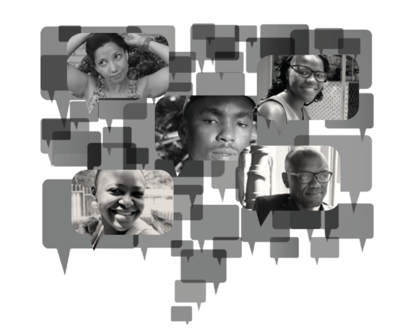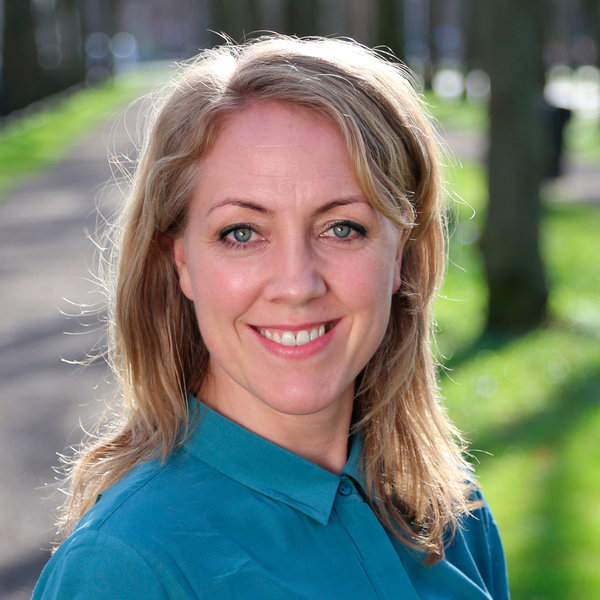
Facing Stories
Diese Seite ist auf Deutsch nicht verfügbar. - lesen auf Englisch:
In South Africa there are so many stories worth telling and sharing, and storytelling is seen as part of the culture for many people. But, as Tiffany Mugo of The Open Society Fellowship argues; “we are not good in archiving”. So it makes sense, we thought, to capture some stories. In this booklet we write about our experience of interviewing young South Africans about how they navigate their lives and learn from struggles and failures.
Learning about failure
We can probably all tell stories of things we did or planned in our lives that turned out differently from how we expected, but often we don’t talk about these meaningful moments. Failure, as much as success, can be a good thing, although we don’t easily celebrate failure or mistakes. Rather, we prefer not to talk about it. But it can be valuable to consider how we respond to our failures and mistakes (see this blog of Suzanne Verdonschot).
In the Netherlands and Germany our colleague Suzanne Verdonschot together with several students, started to research the topic of learning from mistakes. We wondered what learning from mistakes in the South African context would look like. How do people perceive mistakes, in what way do they learn from failures, and how do they make sense of them?
Everybody has a story
This curiosity led to a series of conversations and interviews with different people to capture their story. There are many stories of human icons and legends that have been captured and archived. See for example the beautiful project ‘21 Icons of South Africa’.
However, there are so many other significant people. Everybody else, actually. During her recent stay in South Africa Mara interviewed several people - and made portrait-stories of five young South Africans age 25-35. Successful in the eyes of others, as they run their own businesses, overcame major difficulties or travelled the world dedicated to societal change. Mara spoke to them about meaningful moments in their lives when things went differently than expected – moments of struggle, failure and mistakes. And what they learned.
The result are personal portraits in photo and text. Each story stands alone and can be read separately in any order. Then, Mara shares the insights she took from the five conversations and gives a personal reflection on both the content and process. We conclude with some final thoughts.
And in the course of discussing these stories we are wondering whether to continue this process – maybe by following up with another set of portraits, maybe with some new questions. At least, we feel his is work we would like to follow up…

